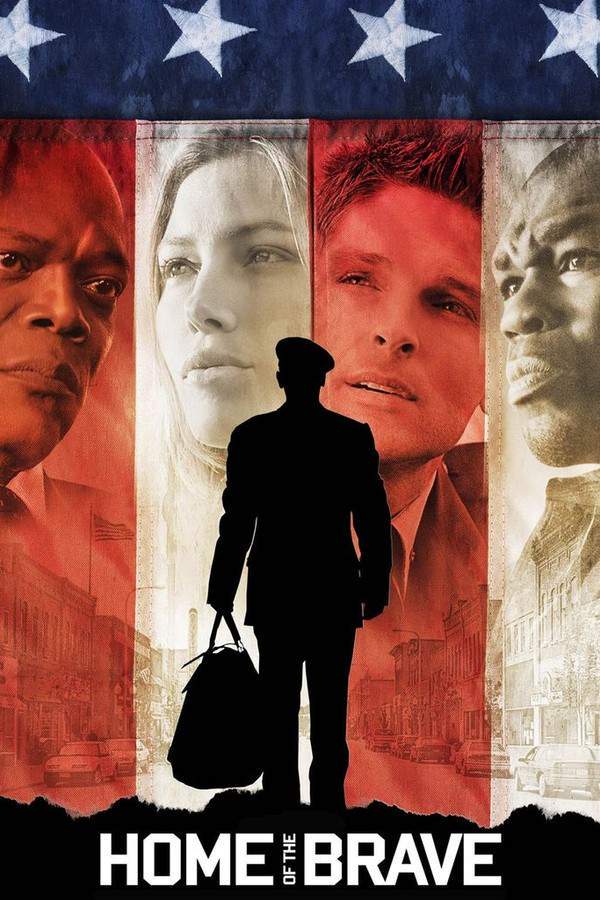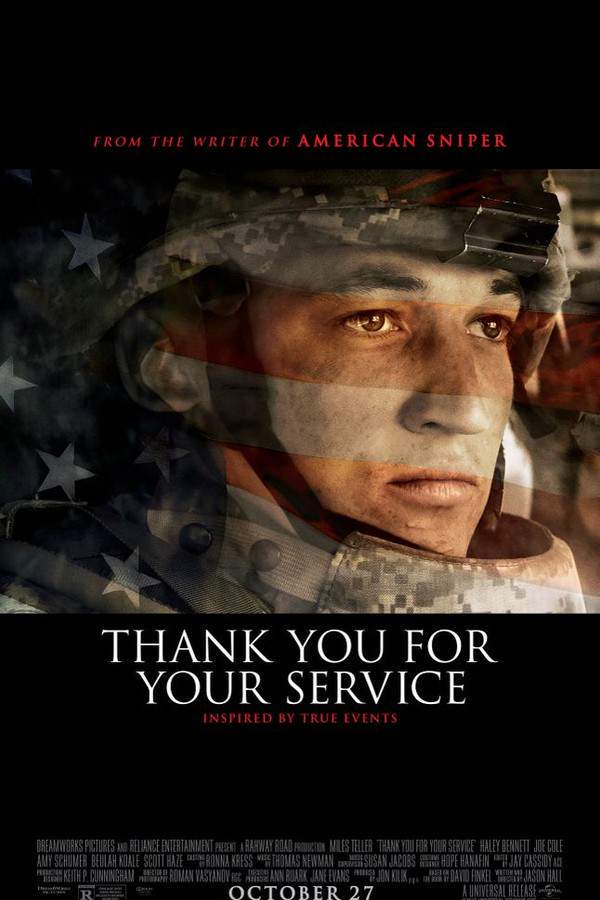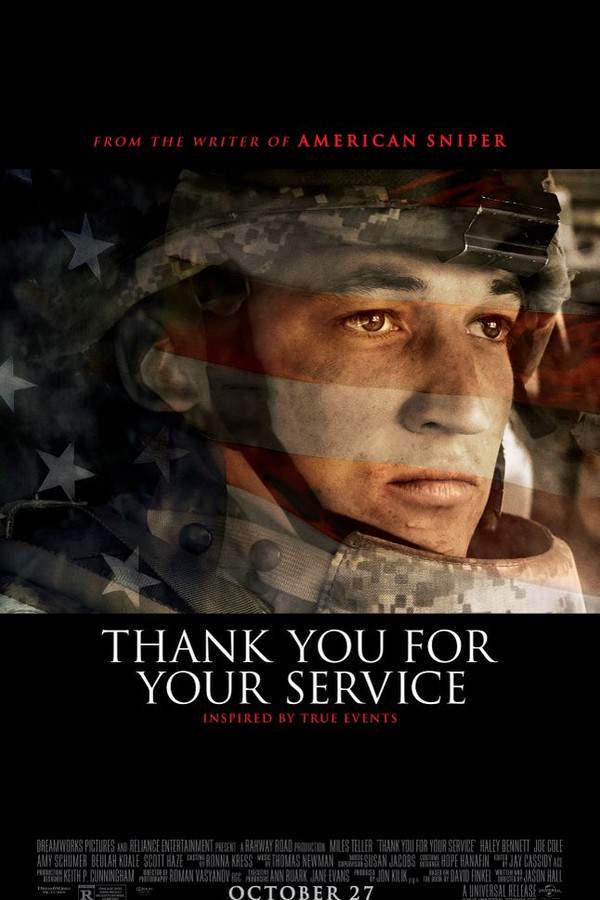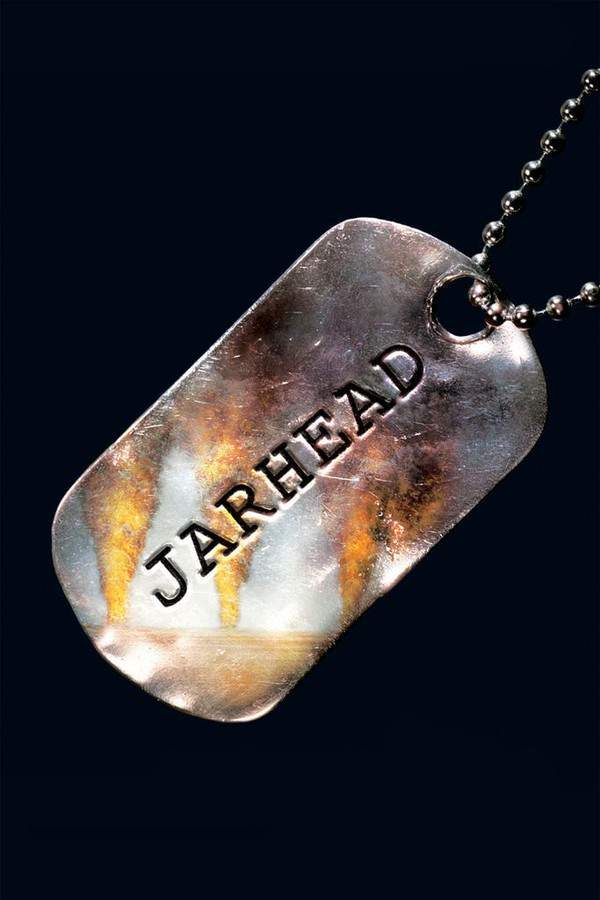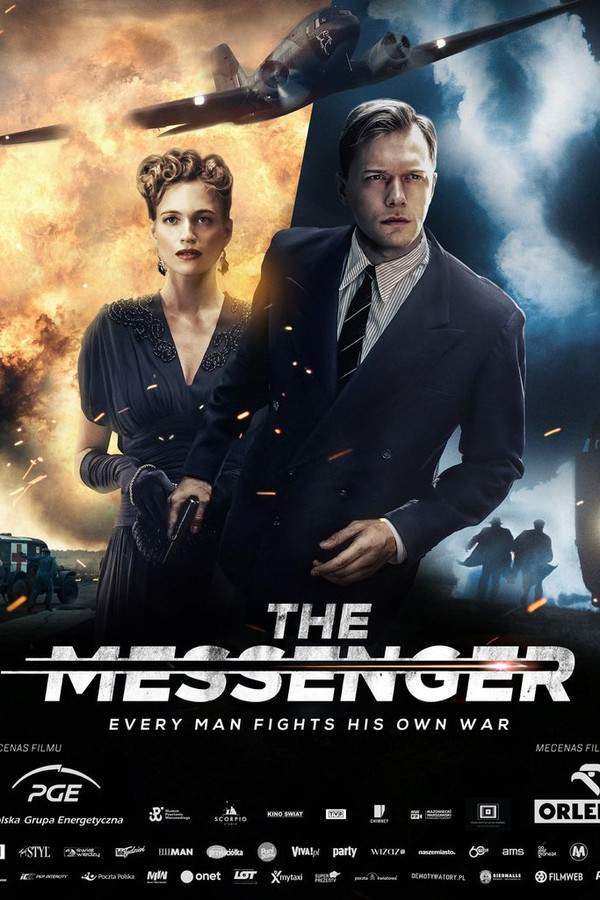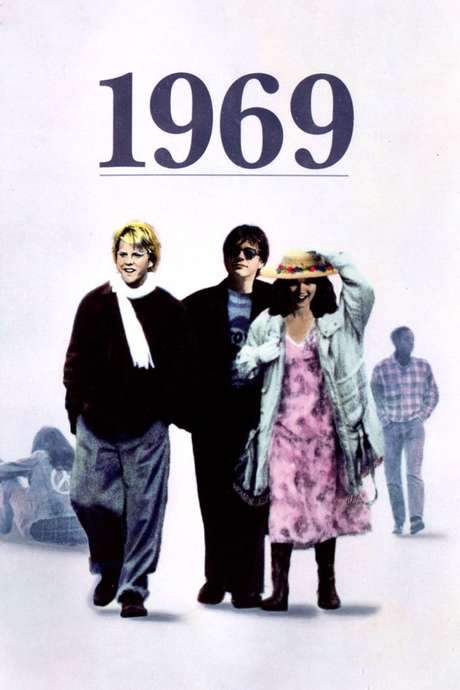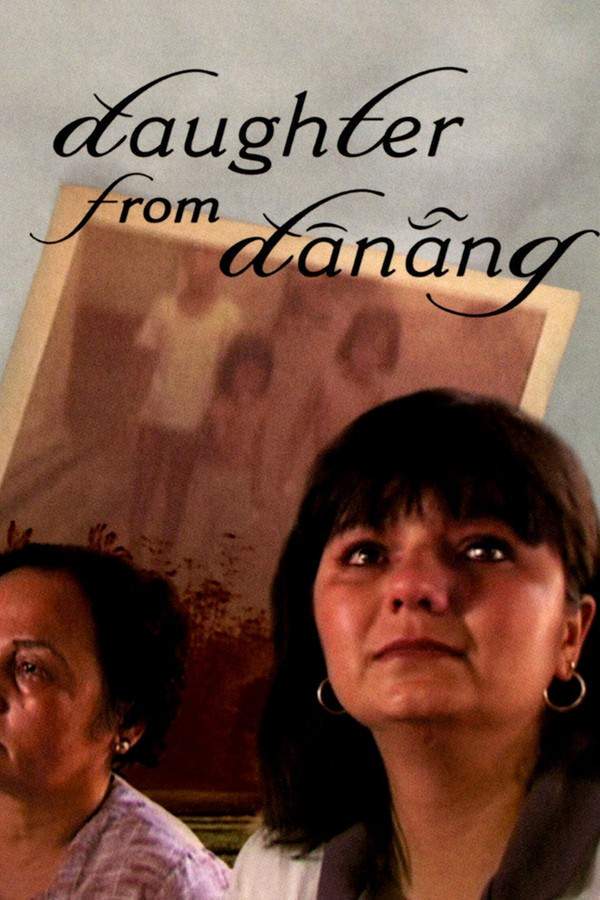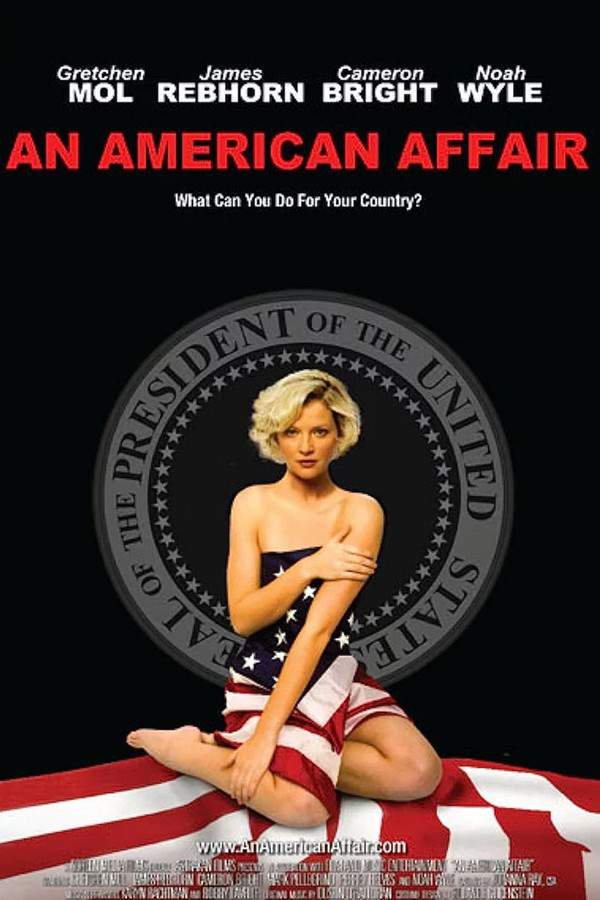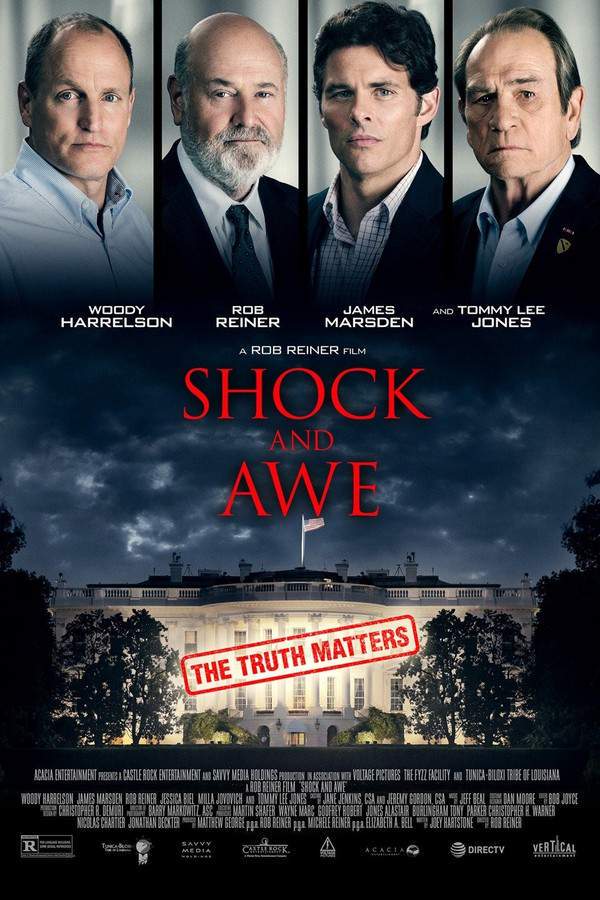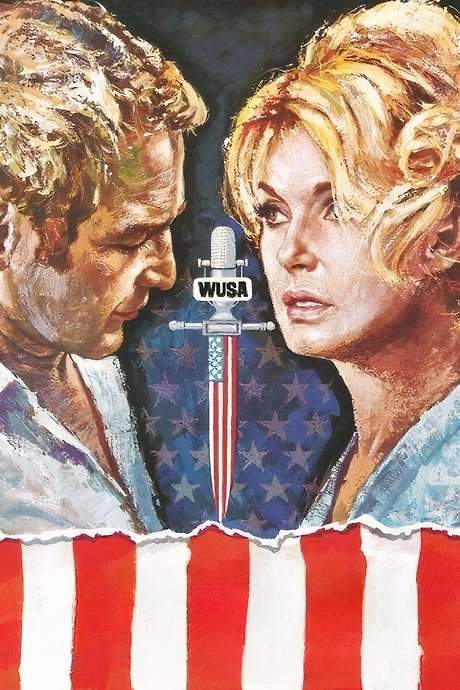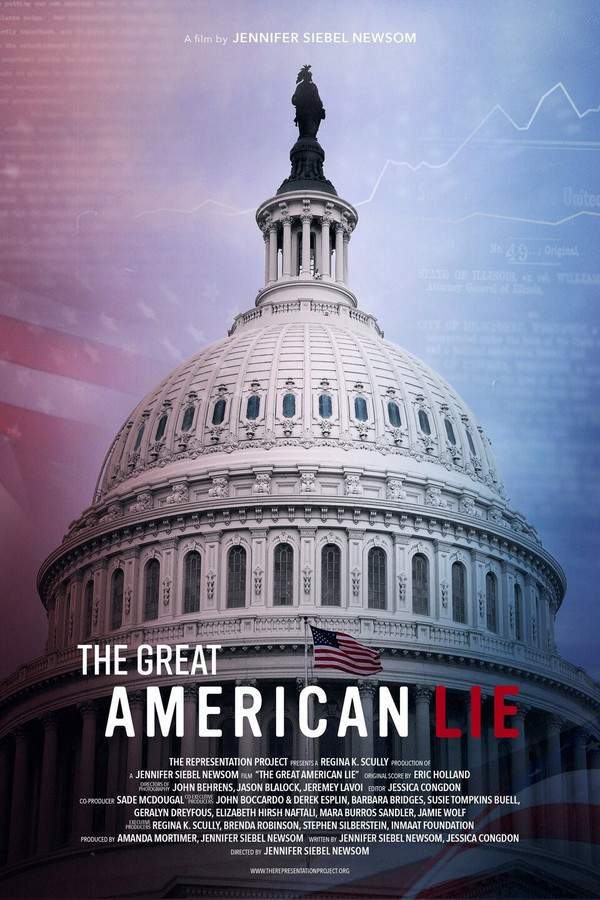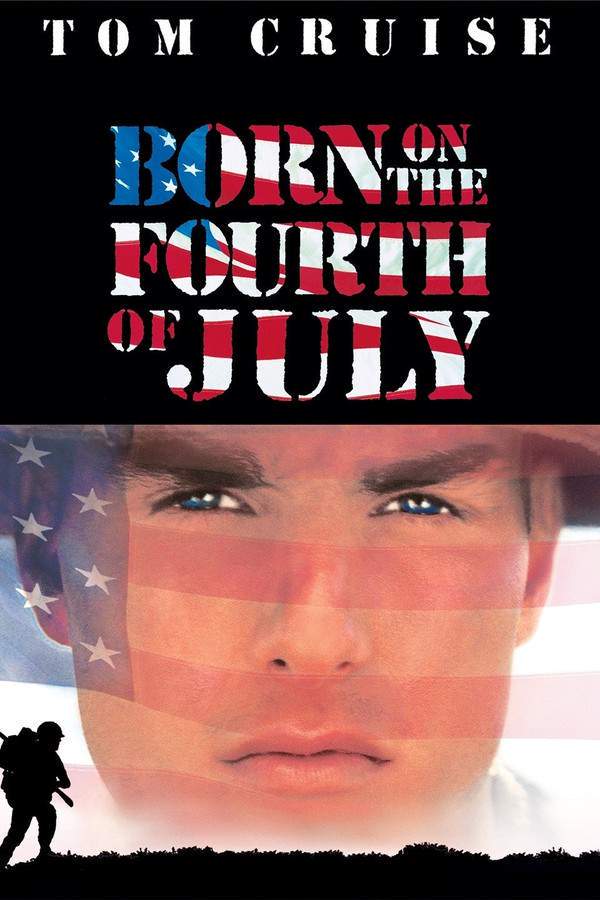
Born on the Fourth of July
Year: 1989
Runtime: 145 min
Language: English
Director: Oliver Stone
A fervent patriot's beliefs are shattered when he sustains paralyzing injuries during the Vietnam War. Ron Kovic struggles to reconcile his ideals with the harsh realities of conflict and his own physical limitations. As he confronts a changing nation, his disillusionment evolves into a powerful voice, advocating for the rights and recognition of veterans and challenging the political landscape.
Warning: spoilers below!
Haven’t seen Born on the Fourth of July yet? This summary contains major spoilers. Bookmark the page, watch the movie, and come back for the full breakdown. If you're ready, scroll on and relive the story!
Born on the Fourth of July (1989) – Full Plot Summary & Ending Explained
Read the complete plot breakdown of Born on the Fourth of July (1989), including all key story events, major twists, and the ending explained in detail. Discover what really happened—and what it all means.
In the sun-drenched streets of Massapequa, New York in 1956, the journey of Ron Kovic (played by Tom Cruise) begins with carefree escapades alongside friends in the local woods. As the following year rolls in, a memorable Fourth of July birthday is celebrated with a vibrant Independence Day parade and heartfelt moments with his family and best friend, Donna. In 1961, the stirring inaugural address of President John F. Kennedy resonates deeply with the now-teenaged Kovic, igniting in him a fervent inspiration to enlist in the United States Marine Corps. Despite the profound support from his mother, his decision to enlist is met with his father’s disapproval, a World War II veteran haunted by the specters of his past. Before heading to recruit training, Kovic cherishes a poignant prom night with Donna, sealing their bond with a tender kiss—an embrace of friendship before the storm of future challenges.
Fast forward to October 1967, Kovic, now a Marine sergeant, finds himself on a reconnaissance mission during his second tour of duty in Vietnam. A tragic sequence of events unfolds when his unit inadvertently kills Vietnamese villagers; amidst the turmoil, he tragically takes the life of Private Wilson. Despite reporting the heartbreaking incident, Kovic faces dismissal from his superiors, who urge him to maintain silence, a burden that weighs heavily on his conscience.
By January 1968, a fierce firefight leaves Kovic severely injured, yet he is miraculously saved by a fellow Marine. However, he emerges from the ordeal paralyzed from the mid-chest down, leading to prolonged rehabilitation at the Bronx Veterans Hospital in New York. Enduring substandard conditions and inadequate care, Kovic feels the crushing weight of despair. In an act of defiance against his medical team’s advice, he attempts to walk again but suffers a grave leg injury that threatens amputation.
As 1969 dawns, Kovic is now confined to a wheelchair, grappling with the profound effects of war-induced depression. During an Independence Day parade, he is unexpectedly asked to deliver a speech but falters, haunted by a cacophony of memories triggered by the cries of a baby in the crowd, which transport him back to the blood-stained battlegrounds of Vietnam. Seeking comfort, he visits Donna in Syracuse, and they reminisce about old times, but they are soon separated amid the chaos of a vigil for the Kent State shooting victims when police intervene.
Amid the lingering effects of intoxication, Kovic finds himself embroiled in a fierce altercation with his mother at their Massapequa home. In an attempt to restore peace, his father sends him to Villa Dulce, a haven for wounded veterans in Mexico. There, Kovic experiences his first sexual encounter with a prostitute, an emotional connection that quickly fades when he witnesses her with another client. Along the way, he forms a bond with Charlie, another paraplegic veteran, and together they decide to leave Villa Dulce but encounter an escalated conflict with a taxicab driver that ends with them stranded roadside. By luck, they are rescued by a passing motorist who returns them to Villa Dulce’s safety.
Kovic’s odyssey continues as he travels to Armstrong, Texas, to pay homage at Wilson’s tombstone, followed by a visit to the Marine’s family in Georgia where he confronts his guilt and seeks forgiveness. While Wilson’s widow, Jamie, struggles to forgive him, his in-laws show more compassion. In 1972, Kovic becomes involved with the Vietnam Veterans Against the War group, making his presence known at the Republican National Convention in Miami, Florida. As Richard Nixon speaks, Kovic expresses his disdain for the war in an interview with a news reporter, igniting outrage among Nixon’s supporters. His defiance leads to his removal and arrest attempts but does not deter his spirit.
Finally, in 1976, Kovic captivates the audience with a powerful address at the Democratic National Convention in New York City, marking his ascent following the publication of his autobiography, wherein he shares the raw realities of war and its lingering consequences.
Last Updated: November 22, 2024 at 13:57
Explore Movie Threads
Discover curated groups of movies connected by mood, themes, and story style. Browse collections built around emotion, atmosphere, and narrative focus to easily find films that match what you feel like watching right now.
Movies about traumatic awakening like Born on the Fourth of July
Characters shattered by brutal events must rebuild their shattered worldviews.If you were moved by the gut-wrenching journey in Born on the Fourth of July, explore other films about characters whose core beliefs are shattered by trauma. These stories follow similar arcs of pain, disillusionment, and the difficult search for a new identity and purpose, often leading to powerful political or personal advocacy.
Narrative Summary
This narrative pattern begins with a character holding strong, often patriotic or idealistic, beliefs. A profound, life-altering trauma—such as war, violence, or loss—shatters this worldview, leading to a period of intense anger, despair, and disillusionment. The arc culminates not in a simple recovery, but in a painful metamorphosis, where the character channels their suffering into a new form of strength, such as activism or advocacy, finding a different kind of purpose.
Why These Movies?
These films are grouped by their shared focus on a specific character arc: the destruction and reconstruction of identity through trauma. They share a heavy emotional weight, a dark tone that evolves toward cautious hope, and an unflinching intensity in depicting both physical/psychological pain and the hard-fought redemption that follows.
Movies about shattered American idealism like Born on the Fourth of July
Stories where patriotic fervor collides with harsh national realities.For viewers who appreciated the political awakening in Born on the Fourth of July, this collection features films about characters confronting the gap between national ideals and difficult realities. Discover similar stories of disillusionment, protest, and the personal cost of challenging the system in dramas that examine the soul of a nation.
Narrative Summary
The narrative follows a deeply patriotic or system-believing individual who experiences a crisis of conscience. Through direct exposure to the failures or hypocrisies of the institutions they trusted—be it the military, government, or corporate power—their worldview is systematically dismantled. This leads to an internal and often external conflict, transforming the protagonist from a supporter of the system into a vocal critic or activist.
Why These Movies?
These movies share a central thematic focus on the deconstruction of national or institutional idealism. They are united by a somber, angry mood, a steady pacing that allows for deep character development, and a high emotional intensity derived from the protagonist's profound sense of betrayal and their subsequent fight for truth.
Unlock the Full Story of Born on the Fourth of July
Don't stop at just watching — explore Born on the Fourth of July in full detail. From the complete plot summary and scene-by-scene timeline to character breakdowns, thematic analysis, and a deep dive into the ending — every page helps you truly understand what Born on the Fourth of July is all about. Plus, discover what's next after the movie.
Born on the Fourth of July Timeline
Track the full timeline of Born on the Fourth of July with every major event arranged chronologically. Perfect for decoding non-linear storytelling, flashbacks, or parallel narratives with a clear scene-by-scene breakdown.

Characters, Settings & Themes in Born on the Fourth of July
Discover the characters, locations, and core themes that shape Born on the Fourth of July. Get insights into symbolic elements, setting significance, and deeper narrative meaning — ideal for thematic analysis and movie breakdowns.

Born on the Fourth of July Spoiler-Free Summary
Get a quick, spoiler-free overview of Born on the Fourth of July that covers the main plot points and key details without revealing any major twists or spoilers. Perfect for those who want to know what to expect before diving in.

More About Born on the Fourth of July
Visit What's After the Movie to explore more about Born on the Fourth of July: box office results, cast and crew info, production details, post-credit scenes, and external links — all in one place for movie fans and researchers.


